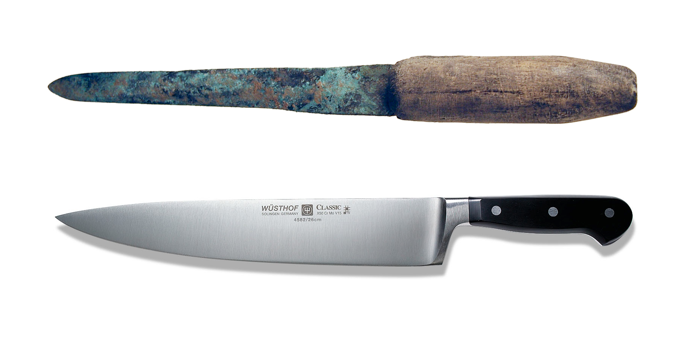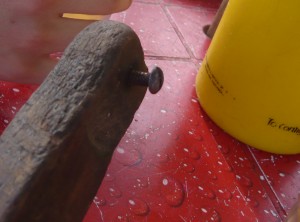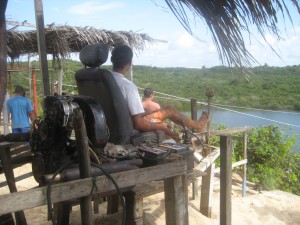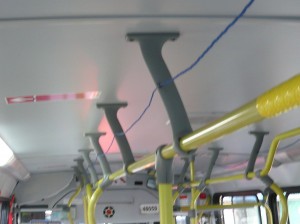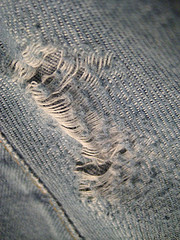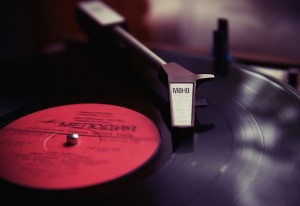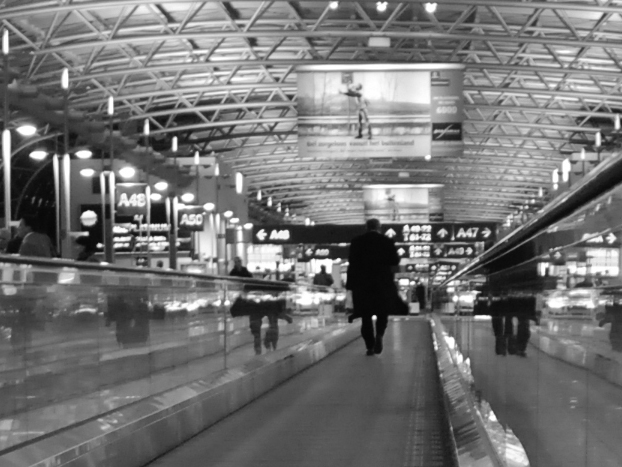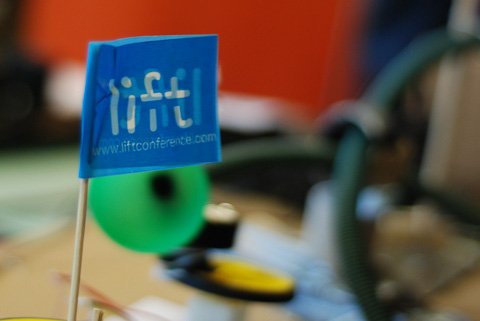
The first week of May I attended LIFT10, this year with “Connected People” as a main topic. I was invited to exhibit Linyl (a project developed together with Benoit Espinola, Shruti Ramiah and Natalia Echevarría at CIID) in Démo:Mode, an exhibition organised by HEAD Genève within Lift Experience. It was interesting to see the different approaches, design methods and finishings of the pieces depending on the origin (mainly RCA and Head Genève).
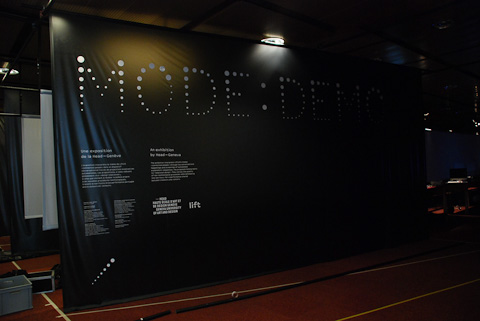
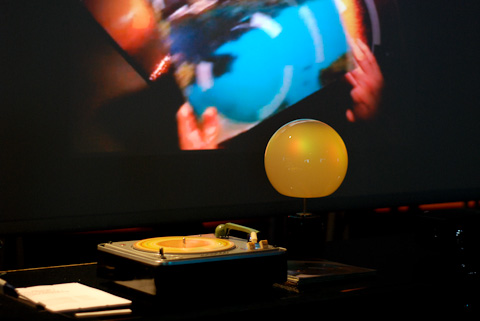
Linyl arrived Wednesday morning, coinciding with the inauguration of the event. It had been stucked on the customs for 4 days. Finally, despite the difficulty of calibrate the color sensor because the light conditions, the piece was settled up and demonstrated to Lift attendants as they came into the exhibition.
I got really good feedback from people. Some people wanted the piece for their home, some other commented the obvious relation with the VJ world, and a woman told me that she’d try to do something similar for her restaurant. “ingenieux“, “simple” or “beautiful” were common adjectives that people use to describe the piece.
Although I couldn’t attend all the talks I wanted to attend, the experience of these three days in LIFT10 was highly interesting. I’d highlight Russell Davies, Neil Rimer or Aubrey de Grey.
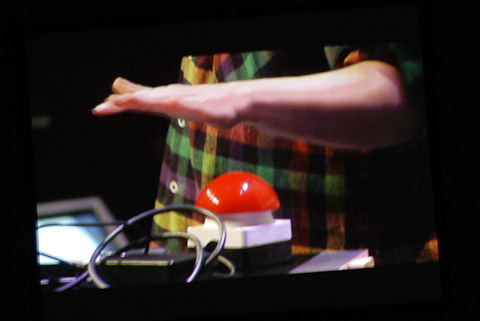
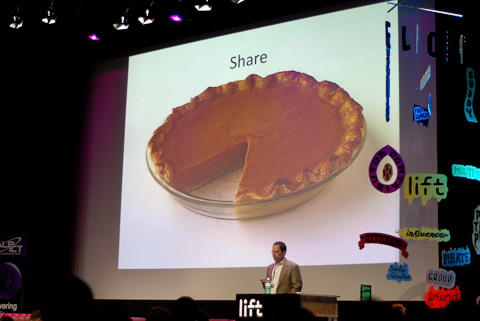
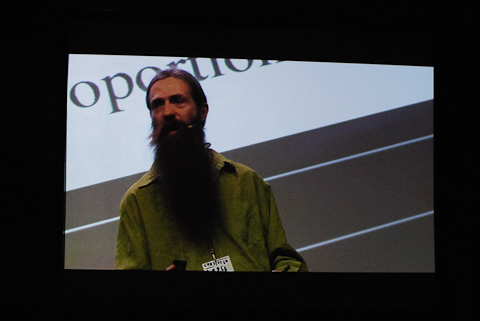
When I learn a lot of things in a short period of time I feel a strange sensation (which I love), like shivering – I felt it several times during some talks or the workshop Hacking Venture Capital, Fred Destin from Atlas Venture. The VC world is quite new for me, but I’ve been interested lately. I’m far from understand it properly, but this workshop was the best starting point I could have.
The workshop was divided in two parts: “Pitching and getting through the deal selection process” and “Negotiating the venture investment”. It was a hands-on workshop, with good discussions around the pitches and negotiations that groups of attendants were asked to do. People were quite into the topic, so I was mostly listening to them. In my group of 4 for example, they were 3 VC and me. I really liked the way they were dealing, sharp, to the point.
Some of the quotes I captured from the workshop:
“You need a pitch for your business – it’s not only for a VC but for selling or recruiting as well”
“The pitch should be able to be summarized in the back of a business card”
“The “price per share” is what matters, not the value or the % you sell”
“Don’t rely on anyone, is your job to know the rules of the game”
“Don’t over pitch, let the VJ feel curious about your story”
“The price of the company is a discovery process, don’t say a percentage or how much the company worth at the beginning”
“Nobody reads a business plan. Nobody reads the executive summary. Nobody signs an NDA. Don’t lose your time on them.”
“Repeat your high concept pitch (3 words) a lot, VC will remember you for this and your first impression”
“It doesn’t matter what you say, it’s how you say it. Practise!”
“Tell a story, talk about why you needed it, what people say about it.”
“Sell yourself and your team more than your company”
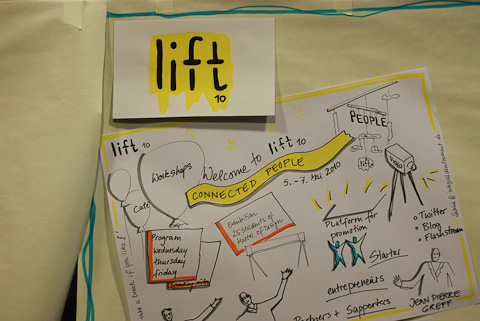
LIFT10 is a good place to extend a network both in business and design fields. People is open to meet each other, discuss and keep in touch. The program also enables and fosters this communication between the attendants, with numerous coffee breaks, cocktails, a fondue night and a proper closure. See you in LIFT11!
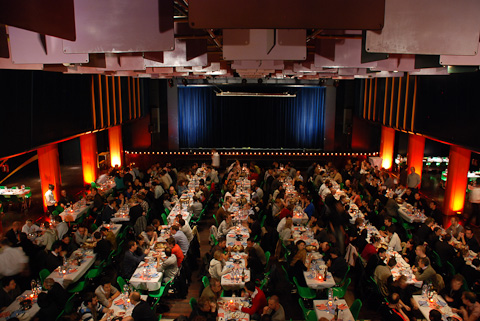
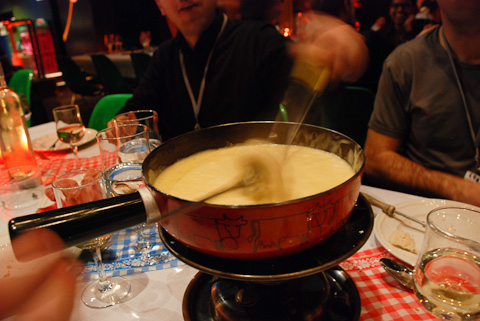
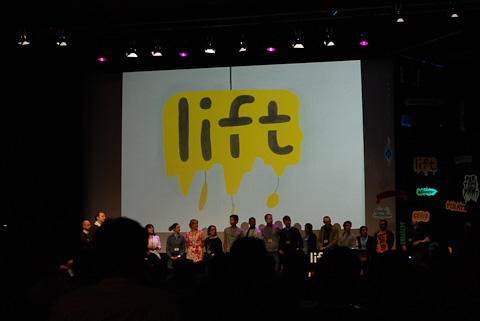
More pictures about the Lift Conference here.
